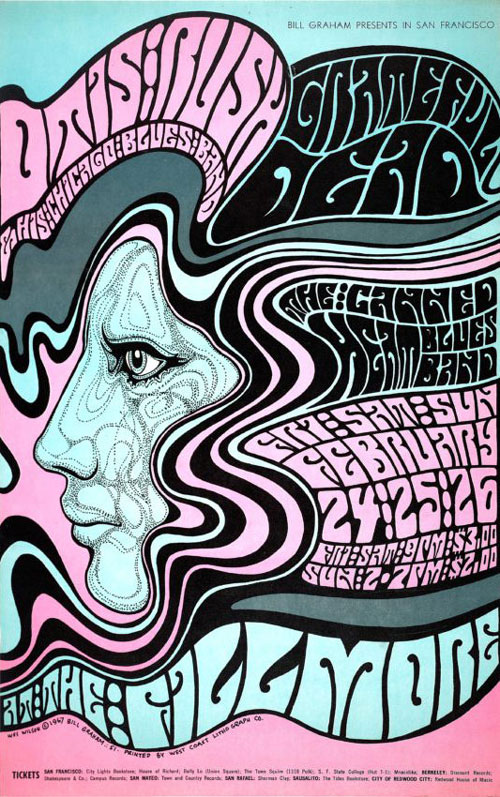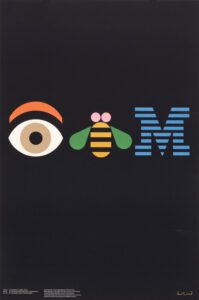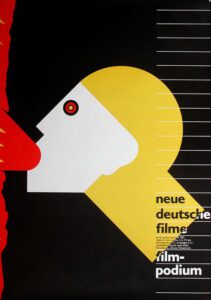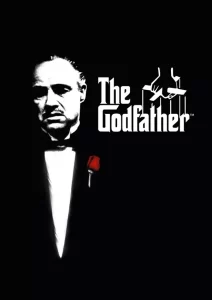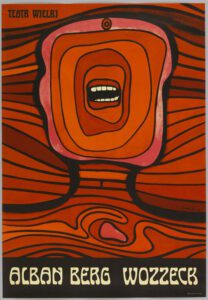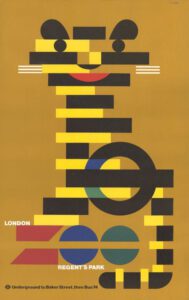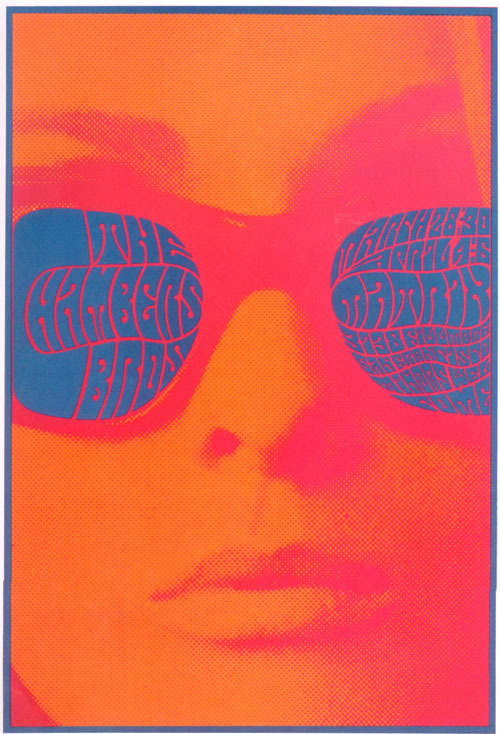
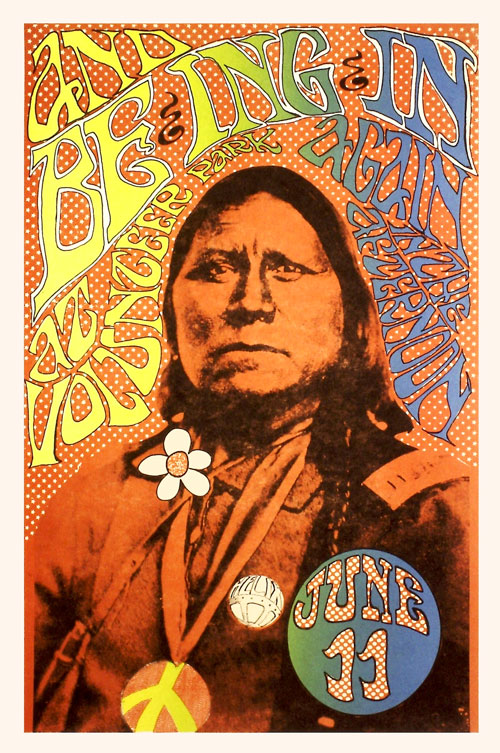
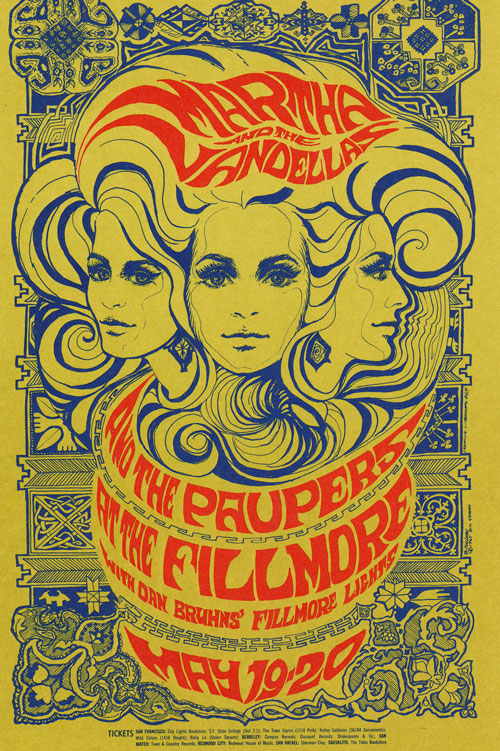
Psychedelic Posters
The 1960s were without doubt the most influential era for modern music. Psychedelic posters and art helped define a special period during that era.
With artists like the Rolling Stones and The Beatles gaining unprecedented popular appeal, the music produced during the ‘Swinging Sixties’ had a major impact on the decades that were to follow.
In amongst all this – drugs. Hallucinagens. Psychoactives. Stimulants. As musical experimentation flourished, so too did a unique kind of drug culture – one which prized the creative possibilities that drugs could allow for.
The term psychedelia arose to describe the sort of art that was created based on experiences produced by taking drugs.
In terms of visual art, there were common traits – extreme detail, wavy typography, a blurring of human forms with text.
Here are 11 posters that shed light on psychedelic art during the 1960s:
The Yardbirds and The Doors at the Fillmore Series - Bonnie MacLean 1967
Bonnie MacLean was one of psychedelia’s most noted artists. Her classic rock posters helped capture the magic of the music during this era – they also worked as entrancing works of art in and of themselves.
In this poster, which was used to promote gigs by The Yardbirds and The Doors, MacLean employs a typical psychedelic style, with the text billowing down the poster in an ornate, purposely-difficult-to-read way, alongside a woman looking placidly out at the viewer.
The peacock – which was a common motif in psychedelic posters – does exactly what peacocks are supposed to do; it demands your attention with its dazzling, ostentatious display.
This poster, created by another famous psychedelia artist Victor Moscoso, was used to advertise a concert by Big Brother and the Holding Company.
The swirling fractals here – made up of bright, contrasting colours – are typical of psychedelic art. Artists like Moscoso wanted their posters to be as trippy as possible.
In a race to portray their works as counter-cultural and psychedelic, artists preferred surreal textual and visual forms, to something as ‘square’ (literally) as straightforwardly legible text.
